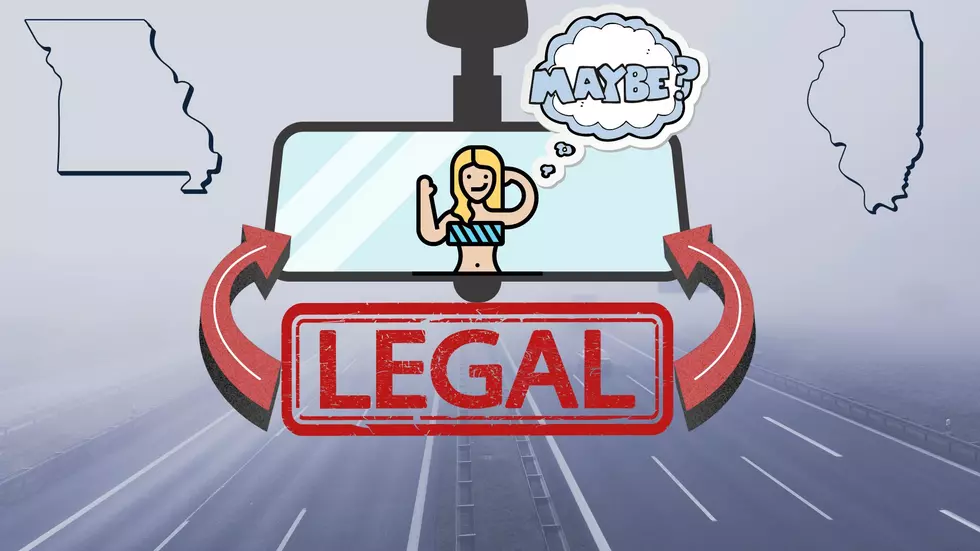
What Does Kentucky Law Say About Blindingly Bright Headlights?
For the record, I seldom EVER have any issues with headlights from oncoming vehicles. A vast majority of drivers do lower the intensity in such situations.
BLINDING HEADLIGHTS
What gives me more of a headache (and not just a little eye strain) is traffic that approaches from behind. Apparently, some don't realize that those bright lights are an extreme nuisance in a rearview or side mirror.
GM RECALLS VEHICLES FOR HEADLIGHTS THAT ARE TOO BRIGHT
Since my vehicle sits lower, I especially have difficulty with higher-profile vehicles like big pickup trucks and SUVs getting behind me. Maybe the reason I'm having so much trouble has just been revealed as General Motors has announced a recall of nearly three-quarters of a million GMC Terrain SUVs made between 2010 and 2017. And it's because the headlights are too bright.
WHAT KENTUCKY LAW SAYS ABOUT BRIGHT HEADLIGHTS
But they can't ALL be GMC Terrains from 2010-2017. So I checked on Kentucky state law regarding vehicle headlight intensity and here's what it says:
"There shall be an uppermost distribution of light, or composite beam, so aimed and of such intensity, as to reveal persons and vehicles at a distance of at least three hundred fifty (350) feet ahead for all conditions of loading.
There shall be a lowermost distribution of light, or composite beam, so aimed and of sufficient intensity to reveal persons and vehicles at a distance of at least one hundred (100) feet ahead; on a straight level road under any condition of loading none of the high-intensity portions of the beam shall be directed to strike the eyes of an approaching driver."
I'm going to assume that in layman's terms that means your brights go 350 feet and your lower setting illuminates to 100 feet. Check.
But reading the statute, I found nothing about headlights that are on the low beam setting but STILL a problem if they make the reflection in your mirrors so intense that it's difficult to drive. Maybe the bulbs aren't positioned correctly in the headlamps. There's a way to check that.
KENTUCKY STATE TROOPER COREY KING WEIGHS IN
Since manufacturer settings are uniform when it comes to installing headlights, I asked Kentucky State Trooper Corey King if he had any ideas regarding this particular dilemma.
Trooper King told me that the National Highway Traffic Safety Administration has guidelines that dictate that all beams are to hit a certain uniform height so that, for instance, they don't blind the driver ahead of you if your lower beams are in use.
I asked him about the situations I encounter and he suggested that something inside a vehicle could be offsetting that particular point at which light beams are supposed to hit. In his example, Trooper King told me he was hauling a four-wheeler in his pickup truck and the weight shift was enough to change where his headlights were shining.
Another explanation he offered was that some drivers install offroad lights onto their vehicles for main-road driving. And those lights are much brighter. The culprit could also be aftermarket lights.
Actually, all of this is the explanation I had been seeking, but I'm gathering that I'll still have to deal with intense light coming through my back window, regardless.
Oh well, I keep a pair of sunglasses on the dashboard.
[SOURCE: WAVE3-Louisville]
LOOK: See how much gasoline cost the year you started driving
Odd Kentucky Laws You Probably Didn't Know Were Still on the Books
More From WOMI-AM









